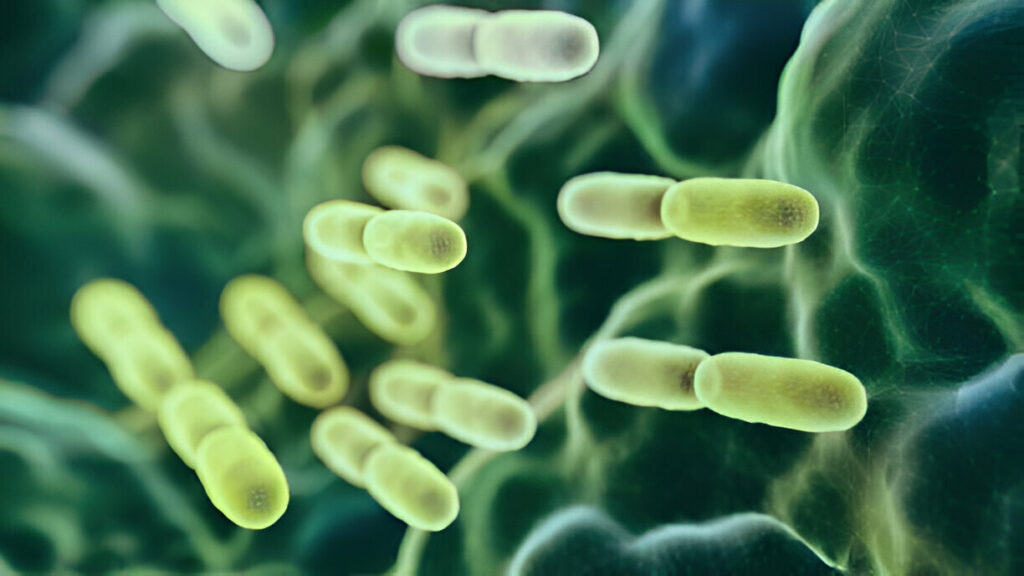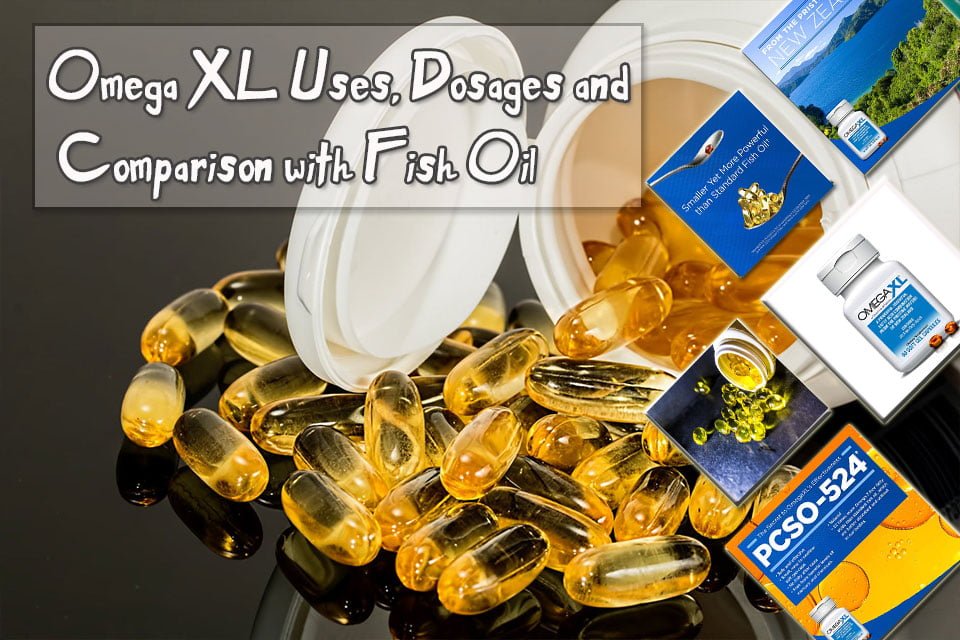
E.coli O26 is one of many strains of Escherichia coli, a bacterium typically found in the intestines of humans and animals. While most strains are harmless and even beneficial for digestion, certain ones, like E. coli O26, can cause serious health issues. E. coli O26 belongs to a group of Shiga toxin-producing E. coli (STEC) that can lead to foodborne illnesses. Understanding the risk factors and identifying the most vulnerable populations is crucial in mitigating its impact.
Table of Contents
Characteristics of E. coli O26
E.coli O26 is known for producing Shiga toxins, which are potent substances capable of causing damage to the lining of the intestines, leading to symptoms such as diarrhea, abdominal pain, and vomiting. In severe cases, it can progress to hemolytic uremic syndrome (HUS), a life-threatening condition characterized by kidney failure, anemia, and low platelet count. Its ability to survive in various environments, including food and water, makes it a challenging pathogen to control.
Risk Factors for E. coli O26 Infections
- Food Contamination: Contaminated food is the primary vehicle for E. coli O26 infections. Undercooked meat, especially ground beef, and raw dairy products are common culprits. Fresh produce can also become contaminated during irrigation or handling if exposed to infected feces.
- Water Contamination: Drinking or swimming in water contaminated with E. coli O26 can result in infection. This is often seen in areas with poor sanitation or untreated wastewater.
- Person-to-Person Transmission: E. coli O26 can spread from infected individuals to others, especially in settings where hygiene practices are compromised, such as daycare centers or nursing homes.
- Animal Contact: Direct contact with livestock or wildlife carrying E. coli O26 increases the risk of transmission. Petting zoos or farms are notable examples.
- Improper Food Handling: Cross-contamination during food preparation, inadequate handwashing, and improper storage can facilitate the spread of the bacterium.
Vulnerable Populations
While anyone can be infected by E. coli O26, certain groups are more susceptible due to physiological and environmental factors.
- Children Under Five: Young children are at the highest risk due to their underdeveloped immune systems. The severity of infection is often greater in this age group, and they are more likely to develop complications such as HUS.
- Elderly Individuals: Aging weakens the immune system, making older adults more vulnerable to severe outcomes if infected.
- Immunocompromised Individuals: People with weakened immune systems, whether due to medical conditions like cancer or HIV, or treatments like chemotherapy, are less equipped to fight off infections.
- Pregnant Women: Pregnancy alters immune responses, increasing susceptibility to foodborne pathogens like E. coli O26. The risks extend to the unborn child, making prevention vital.
- Rural Communities and Farmers: Those in rural areas or involved in farming are at higher risk due to frequent contact with livestock and untreated water sources.
Preventive Measures
- Food Safety: Cook meat thoroughly, especially ground beef, to kill harmful bacteria. Avoid consuming unpasteurized milk and raw dairy products. Wash fruits and vegetables under running water before consumption.
- Hygiene Practices: Regular handwashing, particularly after handling animals, using the restroom, or before preparing food, can reduce the risk of transmission.
- Water Treatment: Ensuring access to clean drinking water and treating wastewater can significantly decrease infection rates in communities.
- Public Awareness: Educating people about the risks and preventive measures for E. coli O26 can empower them to make informed choices.
- Monitoring and Regulation: Improved oversight in food production, agriculture, and water treatment facilities can help prevent contamination at the source.
Conclusion
E.coli O26 remains a significant public health challenge due to its ability to cause severe illness and affect vulnerable populations disproportionately. By understanding its risk factors and identifying those most at risk, society can take proactive steps to minimize infections and their consequences. Whether through individual practices or systemic improvements, combating E. coli O26 requires a concerted effort to safeguard public health. Every measure counts when protecting the most vulnerable members of our communities from this insidious bacterium.





